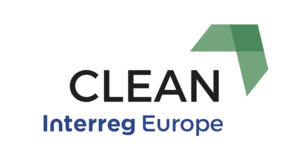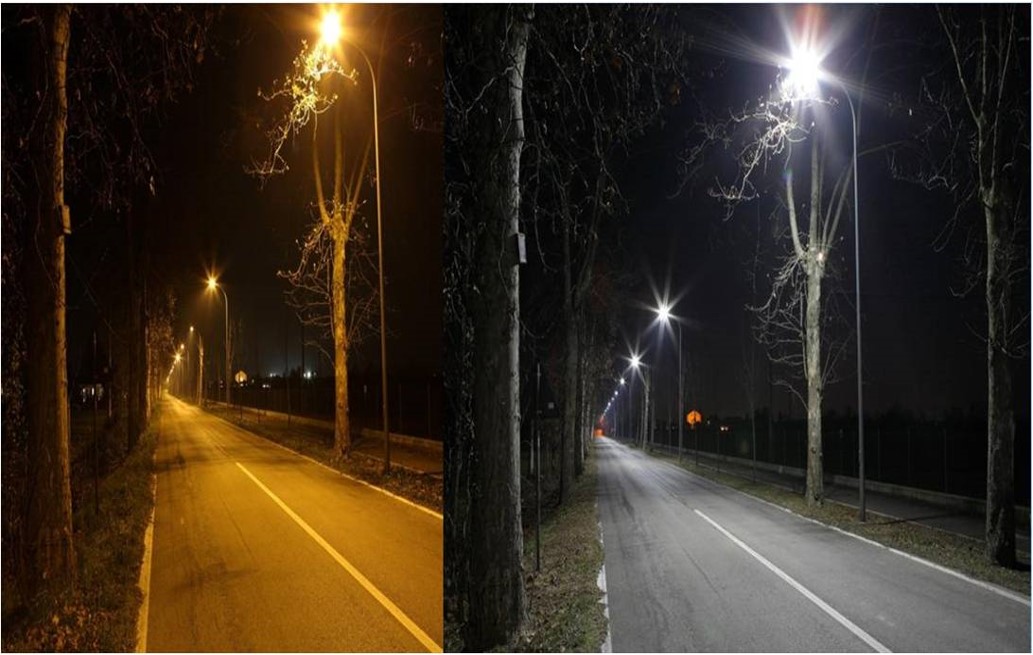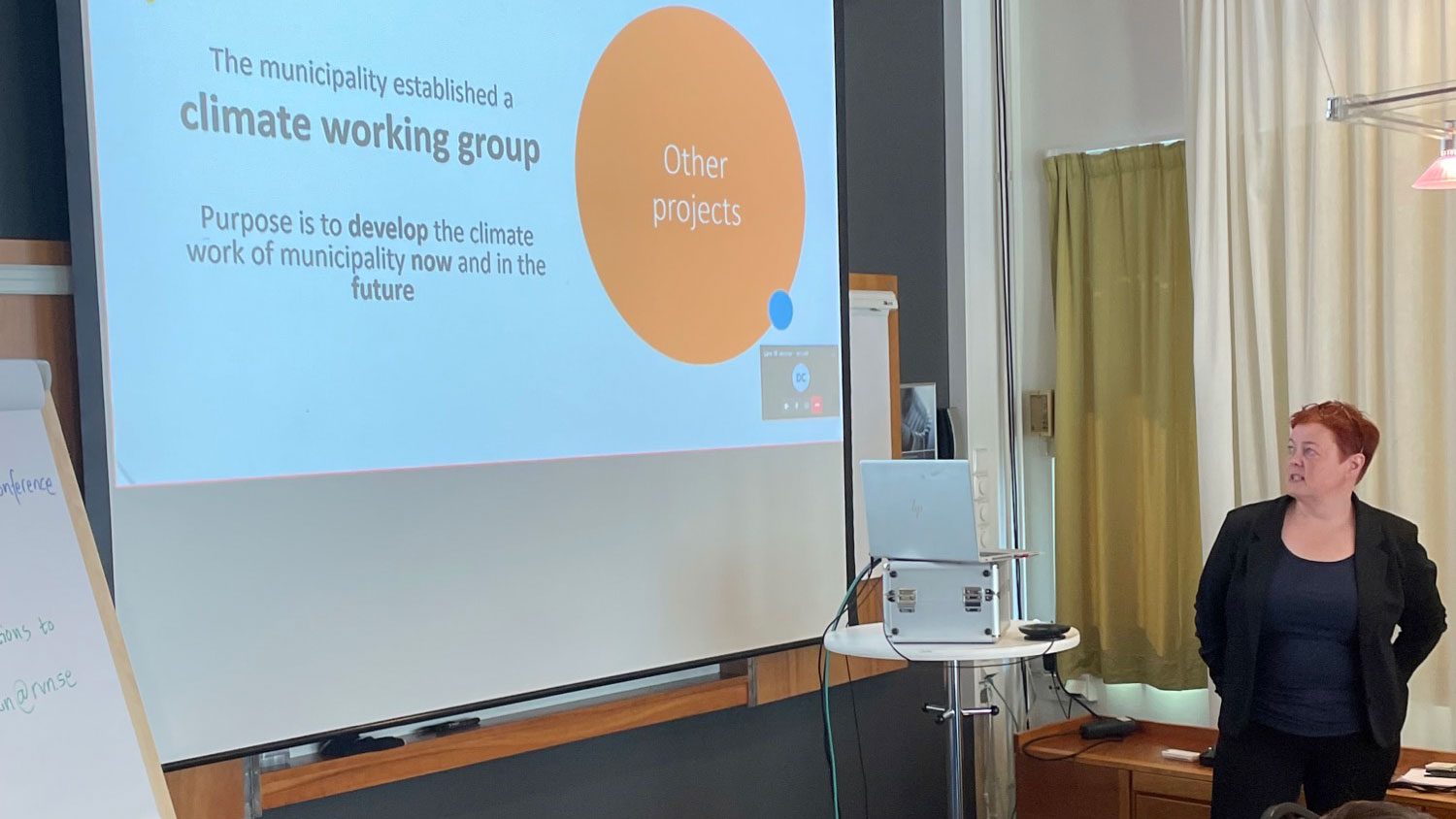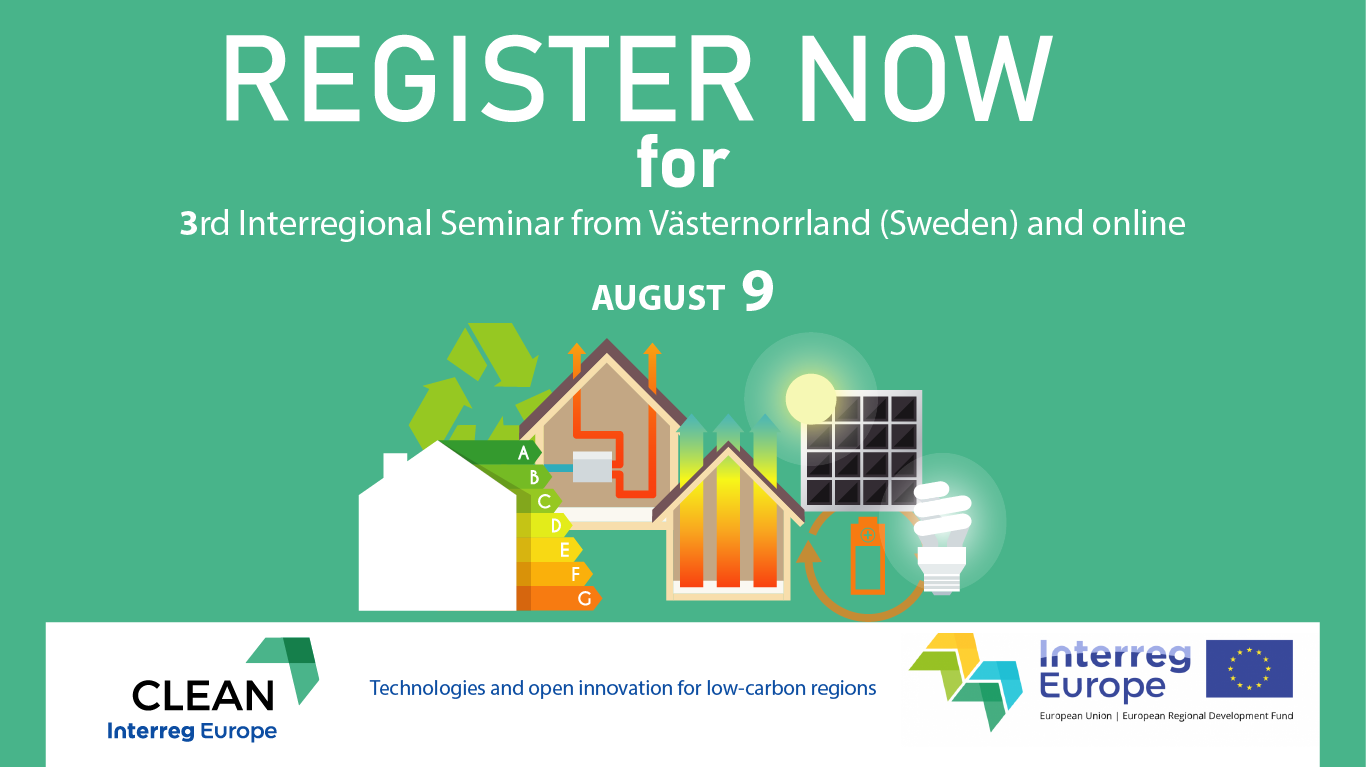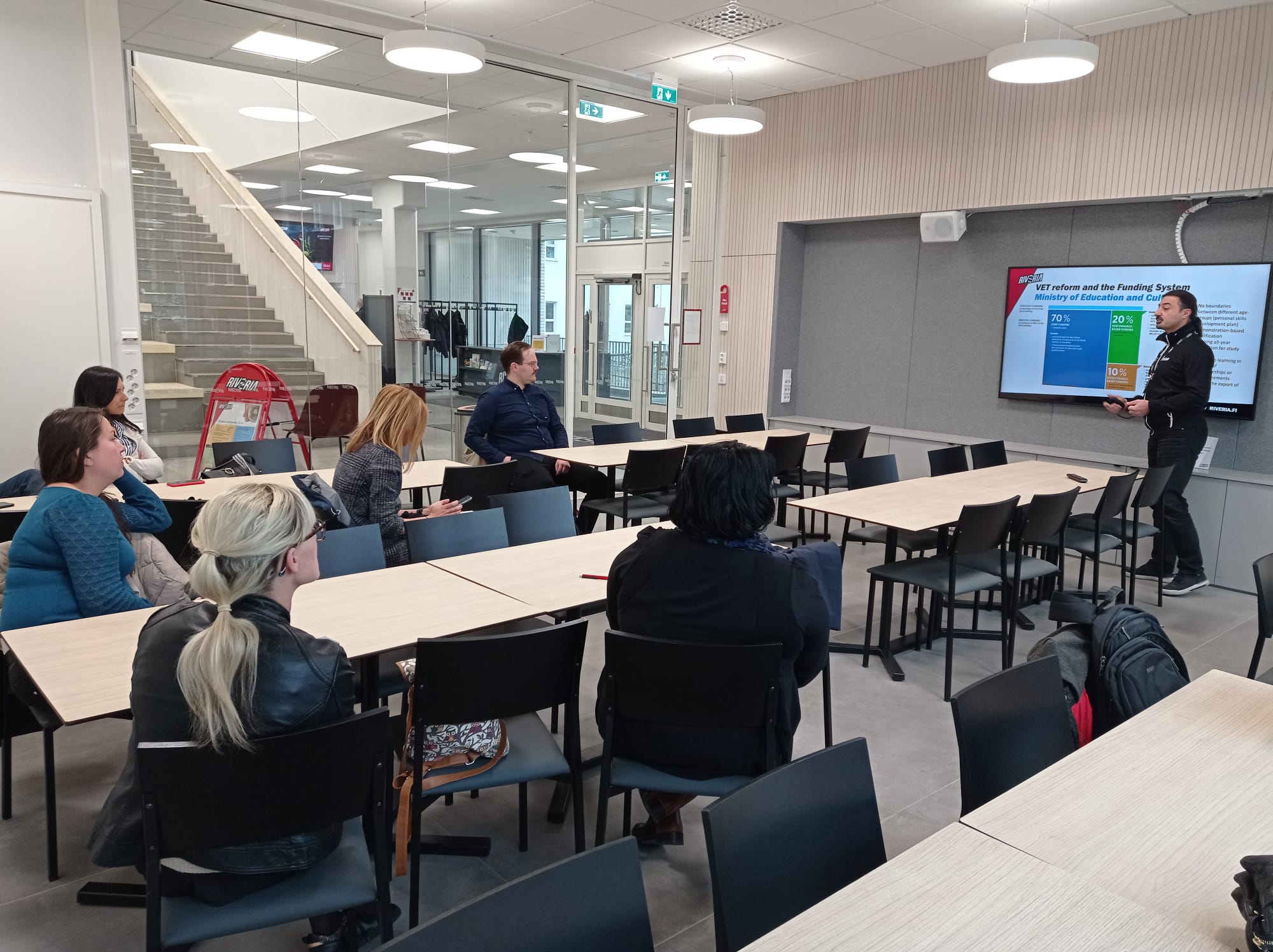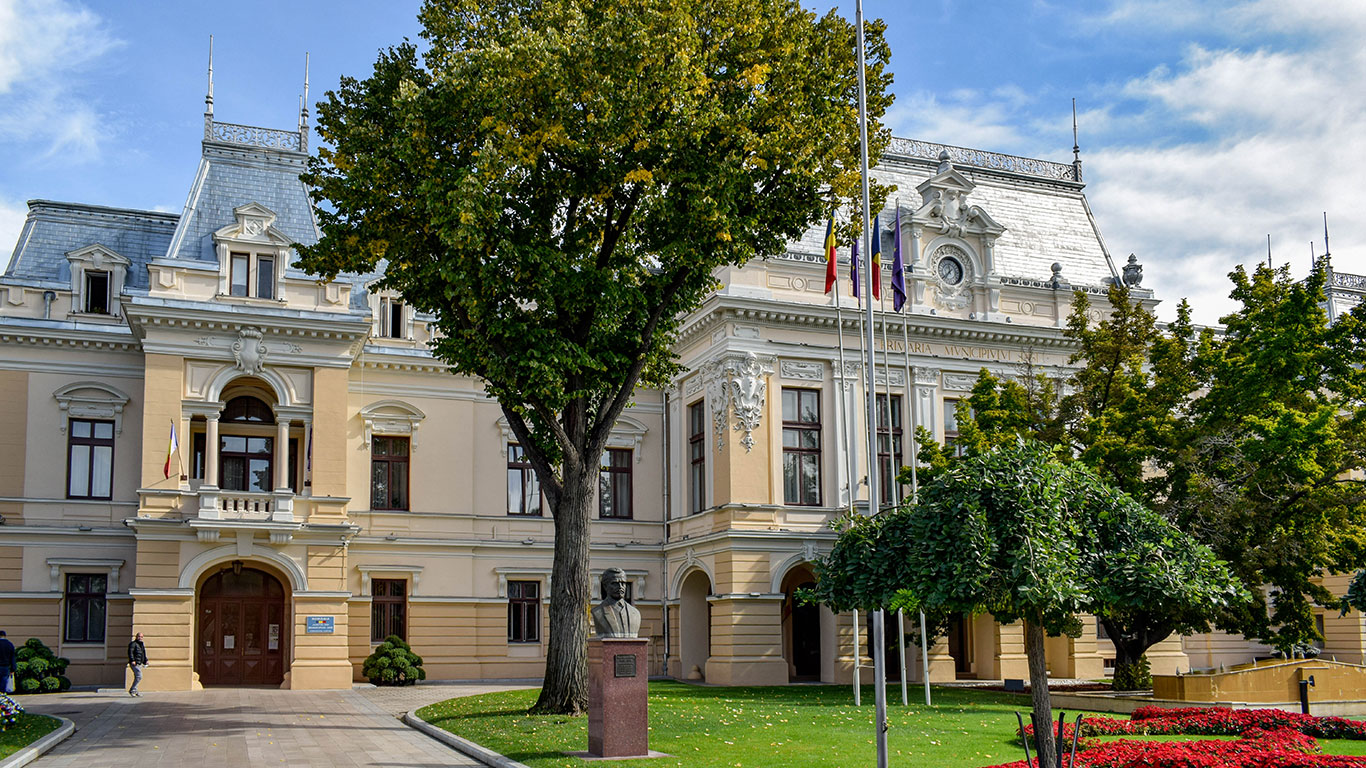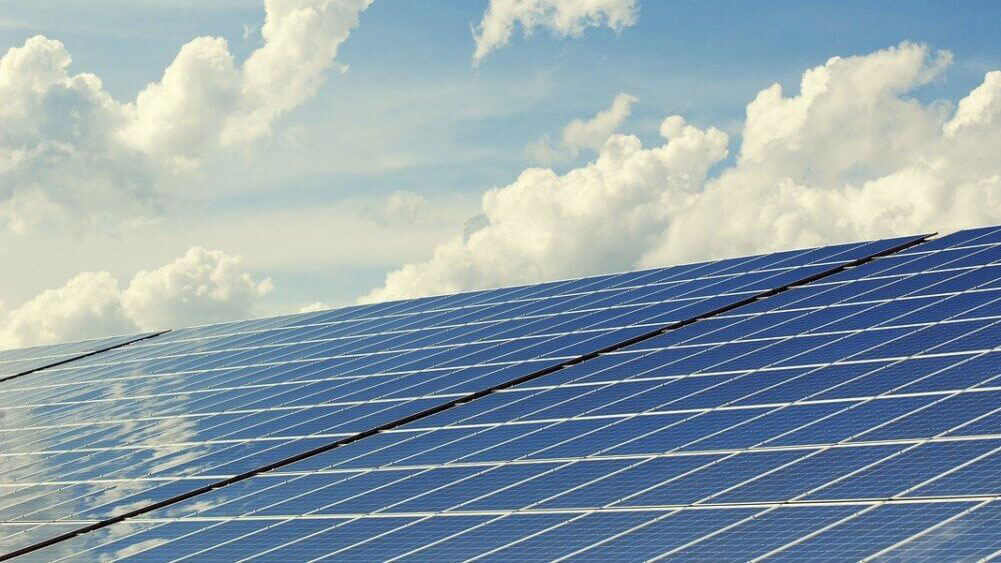The partners of the CLEAN project - Technologies and open innovation for lowcarbon regions - have met for the first project meeting in Naples (Italy), the 30th and 31st of March, hosted by ANEA, Naples Agency for Energy and Environment.
During their first meeting, the CLEAN partners have introduced each participating region and have discussed about the coordination of workpackages, quality standards, roles, responsibilities and contribution required from them.
First thematic seminar of the project
'Best practices to promote energy efficiency in buildings', CLEAN's first seminar, has taken place alongside EnergyMed Fair 2017 and has focused on establishing a region's energy efficiency baseline.
The objective of the project was to work together with the regions involved as partners in order to improve the effectiveness of their policy instruments to increase the energy efficiency of public and residential buildings. University professors, experts and representatives of local authorities, such as, Giulio Mastracchio Manager of Housing Policies of Campania Region (Italy), Francesco Gagliardi President of ANEA (Italy) and Anniina Kontiokorpi Environmental Technology Project Manager at Regional Council of North Karelia (Finland), have showcased studies and best practices on energy efficiency in buildings, in line with the objectives of the project.
First study visit
CLEAN partners have visited the 'Trigeneration plant', located at University Hospital of Naples 'Il Policlinico'. This plant has a technology turbine, in line with the aims of the CLEAN project.
It is remarkable from the 'Il Policlinico' the installation of the Combined Heat and Power Plant (CHP), 5.5 MW of nominal electric power and 9.0 MW of nominal thermal power by an Heat Recovery Steam Generator. The CHP is feeded with natural gas which is compressed by a GEA Technofrigo gas compression station up to the pressure required by the gas turbine. The CHP consists of a gas turbine and an alternator as main equipments.
The Heat Recovery System is connected to the package and uses the exhausts from the gas turbine to produce steam.
